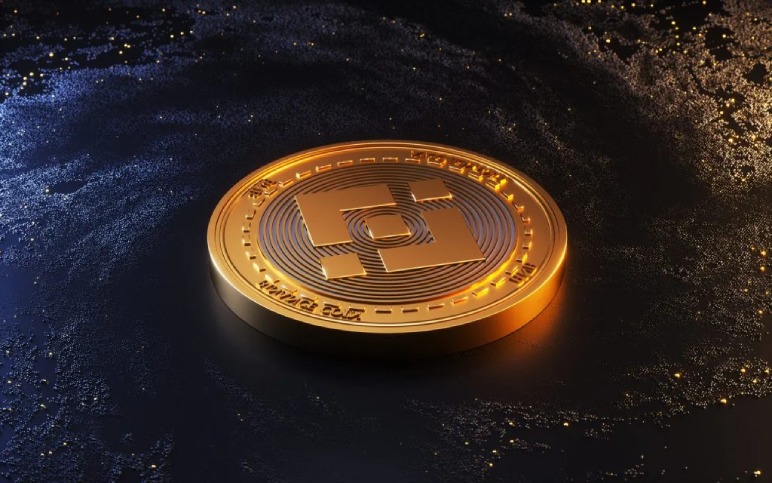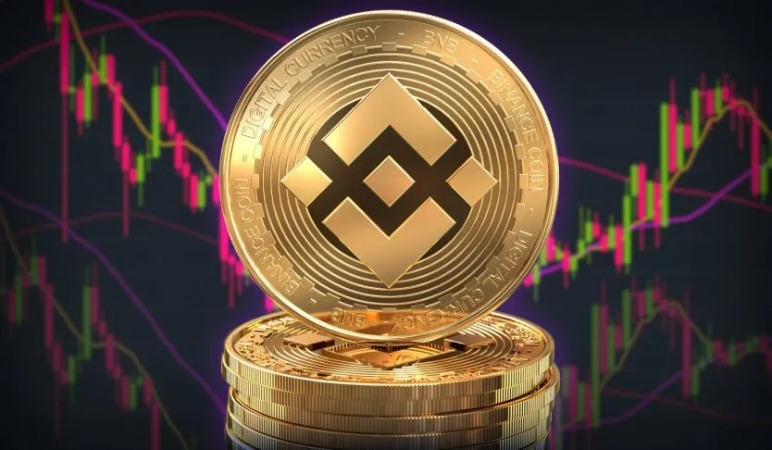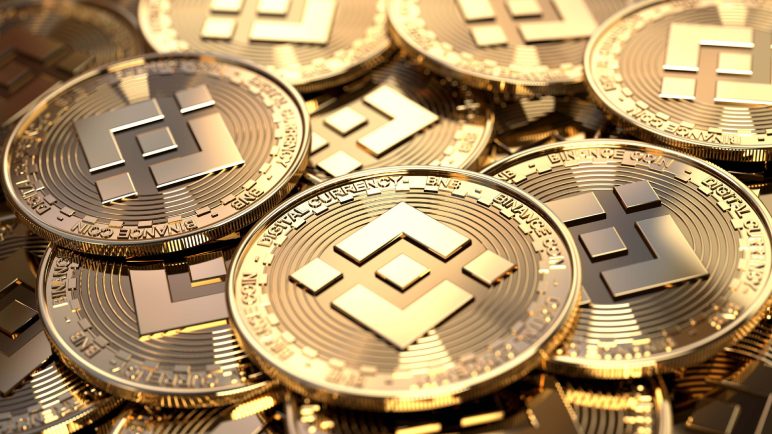Cryptocurrencies have revolutionized the financial landscape, providing decentralized alternatives to traditional banking systems. Among the plethora of digital assets, Binance Coin (BNB) stands out as a key player in the crypto sphere. Launched by the Binance exchange, BNB has evolved beyond a simple utility token, becoming a multifaceted asset with a range of applications.
The Genesis of Binance Coin

Binance Coin was introduced in July 2017 through an initial coin offering (ICO) conducted by Binance, one of the world’s largest cryptocurrency exchanges. Originally built on the Ethereum blockchain using the ERC-20 standard, BNB later migrated to Binance’s native blockchain, known as Binance Chain, during its mainnet launch in April 2019.
Utility And Functionality

Initially created as a utility token for reducing trading fees on the Binance platform, BNB has expanded its use cases over time. It serves as the fuel for various activities within the Binance ecosystem, including transaction fees, token sales on the Binance Launchpad, and participation in decentralized finance (DeFi) projects.
Reduced Trading Fees

One of the primary utilities of BNB is its ability to significantly reduce trading fees on the Binance exchange. Users can opt to pay for their trading fees using BNB, receiving a substantial discount in the process. This incentive encourages traders to hold and use BNB, fostering its adoption within the Binance community.
Binance Launchpad
Binance Coin plays a pivotal role in token sales conducted on the Binance Launchpad, the exchange’s token launch platform. Investors looking to participate in new cryptocurrency projects must use BNB to purchase the newly issued tokens. This mechanism not only enhances the demand for BNB but also creates a seamless fundraising process for emerging blockchain projects.
Binance Smart Chain and DeFi
The migration to Binance Chain facilitated the development of the Binance Smart Chain (BSC), a parallel blockchain that supports smart contracts. BNB, as the native asset of Binance Chain, became an integral part of the BSC ecosystem. BNB holders can engage in decentralized finance (DeFi) applications, yield farming, and liquidity provision on the Binance Smart Chain.
NFTs and BNB
In the era of non-fungible tokens (NFTs), Binance Coin has found new avenues for expansion. BNB is often used to purchase digital assets, including NFTs, on various platforms. This diversification of use cases showcases BNB’s adaptability and relevance in the ever-evolving blockchain space.
Binance Coin’s Evolution and Future Prospects
Binance Coin’s journey from a utility token to a versatile asset demonstrates its adaptability and the vision of the Binance team. The continuous development of the Binance ecosystem, the integration of new technologies, and strategic partnerships contribute to BNB’s sustained growth.
Looking ahead, Binance Coin is poised to play a crucial role in the broader adoption of blockchain technology. As decentralized finance, tokenization, and NFTs become mainstream, BNB’s utility and value are likely to increase, solidifying its position as a key player in the cryptocurrency market.
Conclusion
Binance Coin’s evolution from a utility token to a multifaceted asset reflects the dynamic nature of the cryptocurrency space. Its utility within the Binance ecosystem, coupled with its integration into various blockchain applications, positions BNB as a versatile and valuable asset in the rapidly evolving digital economy. As blockchain technology continues to reshape traditional industries, Binance Coin stands at the forefront, bridging the gap between innovation and practical utility.
Have A Look :-
- What Is Cactus AI? How To Use?
- The New Technology Of AI Improves Blurry Thermal Vision Images
- OpenAI’s Acquisition Of Global Illumination To Work On Core Products Including ChatGPT

